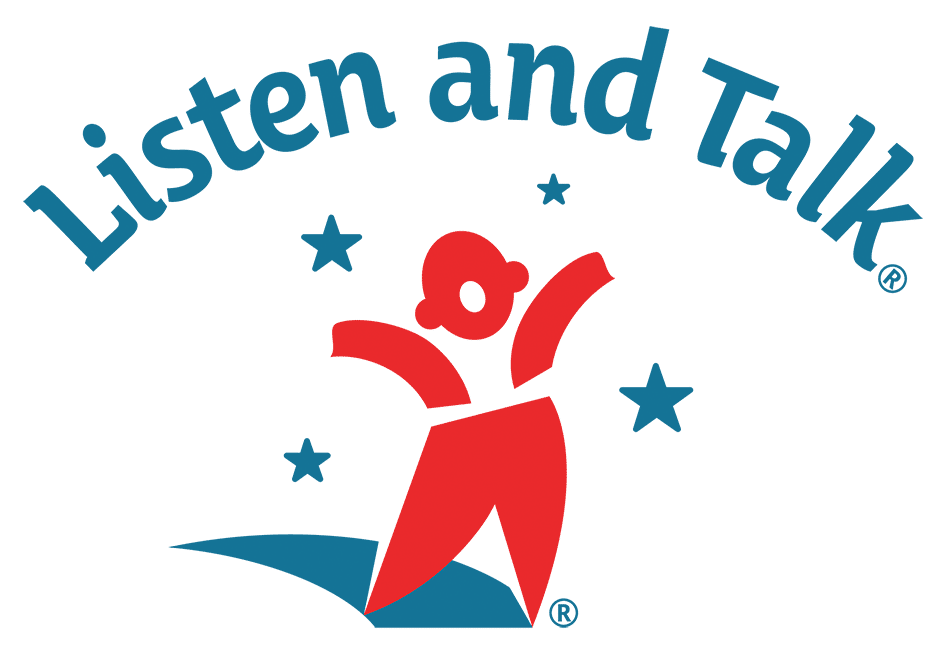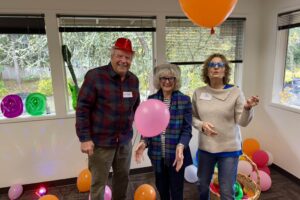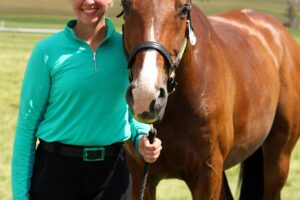
To Be Humble Or Nimble
As a Birth-To-Three Provider for Listen and Talk, I often think about vocabulary.
In fact, I drive around in my car thinking of lists of words. It’s part of my daily ritual as I bounce around from one family’s house to the next. On some days, depending on the numerous variables that can alter one’s arrival time, my word bank can be exorbitant. I think about how first words emerge and how imperfectly perfect they are. I also think about how different those words can be depending on the babe who is speaking them, and how few or how many that I may be in store for once I cross the threshold of another family’s living room.
Also, I think about the number of words that have made their way from the mouths of caregivers to technology worn by the child. I question the integrity of that message as it travels through background noise, reverberant rooms, a microphone, and traverses the auditory pathways to the listening centers of the brain. What have they missed? What was unclear? Are the words floating around with no meaning? I think deeply about the threat that an imperfect sensory system may have on a language-rich interaction due to its faulty delivery mechanism. And then I think of the questions, what did you hear? What did you understand? How can we adjust to compensate for what may be lacking?
I then refer to Dr. Dana Suskind, Founder and Co-director of the Thirty Million Words Center for Early Learning, whose work highlights the importance of rich language environments, responsive caregivers and adult-child exchanges. She has also published a book, Thirty Million Words: Building a Child’s Brain, where she highlights the “Three T’s” of communication. Tune In, Talk More, and Take Turns. Dr. Suskind describes how to reach the goal of 30 million words, “One word at a time” through every day routines and activities that serve as opportunities for brain building and language development.
The other striking side of this story is the words that come from the parents of these precious families to their birth-to-three provider. Their words categorically are similar. They are emotionally driven in most instances and depending on the day, can be laden with excitement, hope and joy or with overtones of uncertainty, anxiety or sadness. The dance that takes place between “coach”, caregiver, and child can be as complicated as a grand jeté or as simple as a shuffle-ball-change. As a coach, I figure I have two plays that I can always fall back on, one is to be humble, the other, is to be nimble. And then at the end of the day I think about how fortunate I am to share in this journey.
Some days we hobble, some days we run, and then I remind myself that it isn’t a race. Most importantly, our job is to help parents understand that they can make a positive difference in the architecture of their child’s brain. One word at a time.



